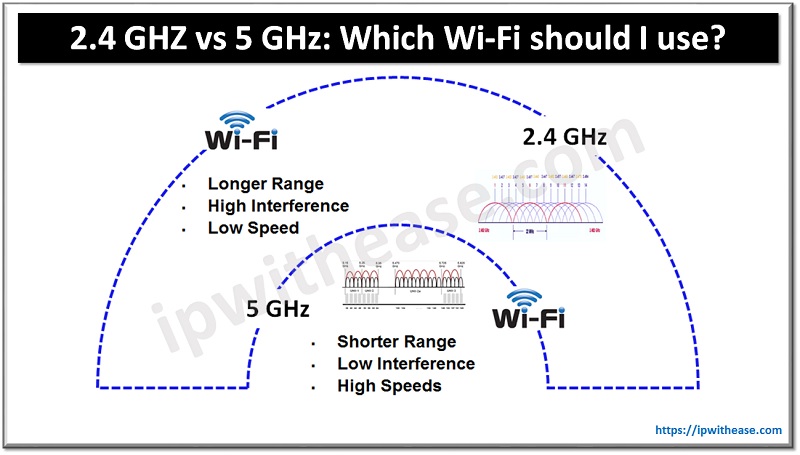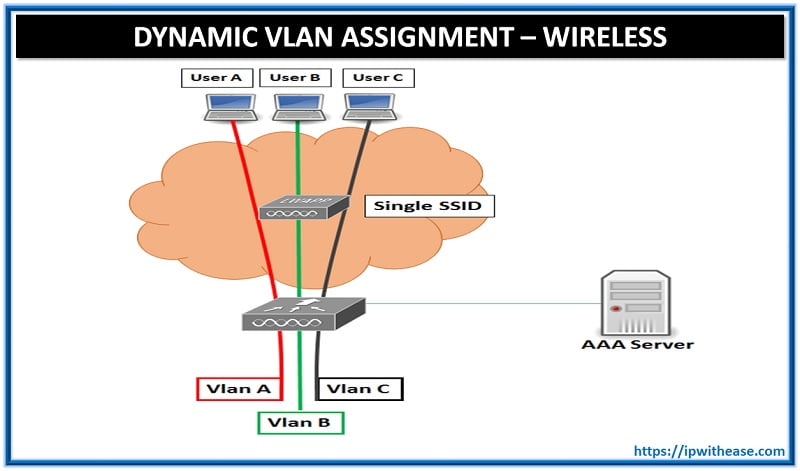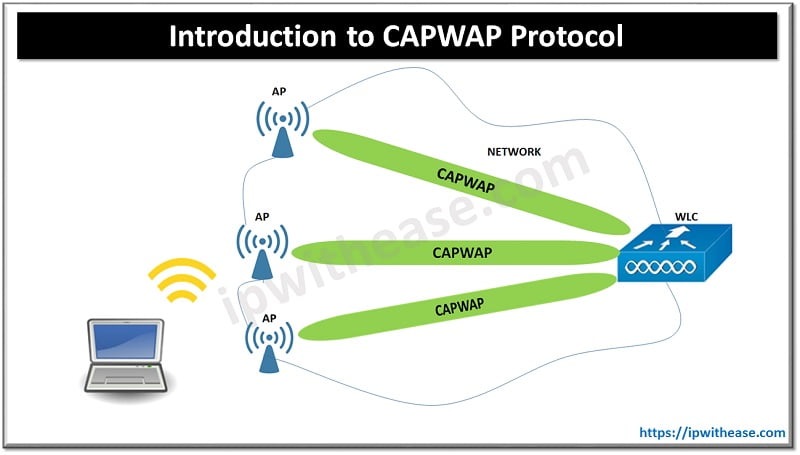
Wi-Fi Offload(ing) is a term that is comprehensive in nature. It is not merely about mobile data offloading, but relieving all the congested mobile data networks comprising additional capacity rightly against unlicensed Wi-Fi spectrum.
What is Wi-Fi Offload?
In order to understand what Wi-Fi offload is, it is essential to comprehend the implementations of applying small cell technologies. It offers data services to the cellular users in a more economically viable and efficient manner. The smart devices that one can access today are designed in such a manner that they prompt the user to log-on to the Wi-Fi networks to successfully transfer the data. But it is a primitive form of implementation and is based on the choice of the user whether he or she picks up a network or not.
However, there are standardization bodies such as 3GPP, IETF, ITU, etc. functioning to develop the process where the offload from cellular networks to Wi-Fi networks be more network-driven instead of being user-driven.
Need for Wi-Fi Offload
The following are the points that justify the requirement of Wi-Fi offload:
- It will match-up to the increasing mobile data demand and the usage of smart devices having the characteristics of high throughput, short sessions, and low latency.
- It will improve the end user experience after subsequently enhancing the service capability and capacity. Additionally, the end user devices are designed in such a seamless manner that they execute better data speeds within Wi-Fi networks.
- Applying a solution that is more economically viable to offer indoor services will curtail the overall operating expenditure associated with the service providers. It enforces the fact that cellular broadband is more high-priced in comparison to Wi-Fi.
- Addressing the spectrum crunch issue whereby the authorized cellular operators can deliver high bandwidth consumption services via Wi-Fi.
Key Aspects for Wi-Fi Offload Implementation
For successful implementation of offloading traffic right from cellular networks to the Wi-Fi networks, the following factors are required to be taken into account:
- Boosting the Wi-Fi footprint in order to execute offloading solutions. All the cellular operators do have the choice to have contract agreements with the existing wireless Internet service providers. The operator has every right to pick any of the options suiting best to it’s business scenario. The key intention is to boost the presence of Wi-Fi networks to make them readily accessible for mobile data traffic offloading.
- User equipment challenges Wi-Fi offload as it requires minimum or no user interaction along with the network to conduct the offload. Besides, the seamlessness of the concerned offloading is critical for pleasing user experience. That demands the provision of prudent connection manager rightly at the user equipment end. The connection manager ought to make decisions about network selection, service or application specific offload, volume of traffic data to be offloaded, time-based offload management etc.
- User interaction and authentication with cellular core network entities is essential for policy implementation as well as charging Wi-Fi. There are different mechanisms for authentication used by cellular networks and so requisite is to have an authentication mechanism that is bankable for both the networks. Techniques such as SIM based authentication suitable for Wi-Fi networks are gaining considerable ground.
- Inter-network mobility considerations for Wi-Fi was primarily developed for the local area networks and therefore lacked any sort of mobility functionalities. But with the passage of time as cellular/Wi-Fi integration achieved momentum, the prospect of seamless mobility, when the user moves from one network to another was considered in a serious manner. Internet Engineering Task Force or IETF came up with certain specifications that are meant for Mobile Internet Protocol (MIP) as well as for Proxy Mobile Internet Protocol (PMIP) in order to address the mobility issues that one can find in Wi-Fi.
Conclusion
So the overview of what is Wi-Fi Offload can be summarized in the definition, the requirement and the key aspects of implementation that we are experiencing between the timelines.
Of course, the future course of time is also going to showcase some good profit for the mobile operators, but how much beneficial it would be for the user is still wrapped under the blankets of time.
Related- Wireless Interview Questions
ABOUT THE AUTHOR

You can learn more about her on her linkedin profile – Rashmi Bhardwaj



